How Andy Warhol’s legacy inspired a creative sanctuary for queer youth
The museum has become a LGBTQ+ sanctuary worthy of Warhol's larger-than-life genius and a pivotal vehicle for queer creative expression.
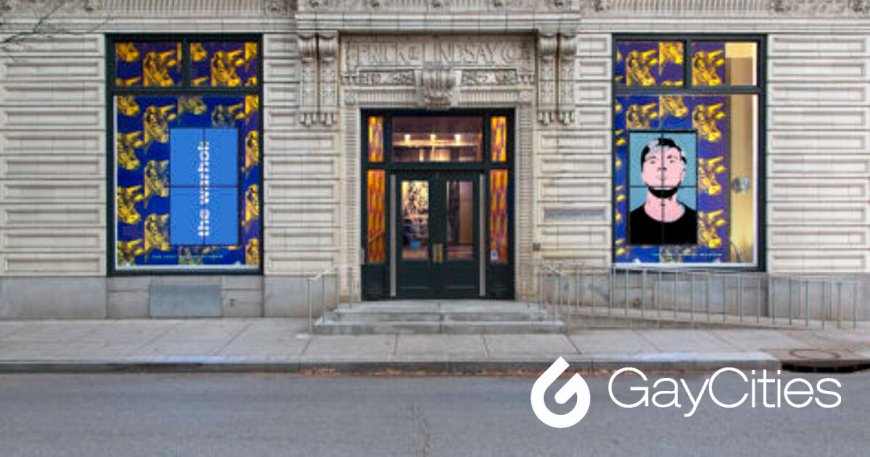

Although Andy Warhol’s reputation became synonymous with New York’s lively art scene and a scandalous career in the second half of the 20th century, he was born and raised in Pittsburgh, Pennsylvania.
Of course, modern fans of the pop icon might be surprised if they only knew about him through some of his literature, specifically in The Philosophy of Andy Warhol, where he vaguely – or deceptively – placed his origins in broader Pennsylvania.
In any era, queer individuals could relate to the desire of cutting the umbilical cord to unhappy childhoods and reinventing themselves. Pittsburgh would also take years to fully transform into the inclusive and vibrant city it is today. Nevertheless, it’s poetic that Warhol’s art and legacy found their way back home with the inauguration of the Andy Warhol Museum on May 15, 1994. This occurred seven years after his death and 26 years following his only documented return to his hometown.
Pack your bags, we’re going on an adventure
Subscribe to our weekly newsletter for the best LGBTQ+ travel guides, stories, and more.
Subscribe to our Newsletter today
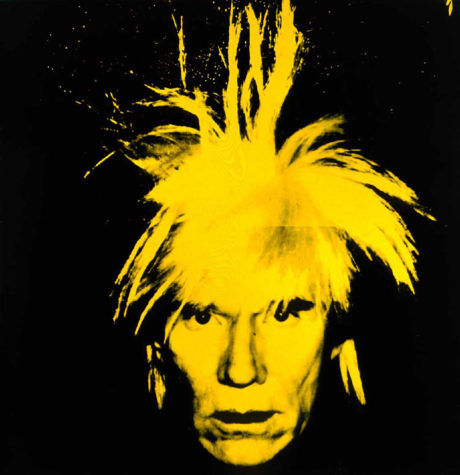
Shannon Thompson, associate director of learning, tells GayCities the original goal was to “become a vital forum in which diverse audiences of artists, scholars, and the general public are galvanized through creative interaction with the art and life of Andy Warhol.”
It’s a schtick that can be read on their website and repeated in other press articles covering the iconic venue, which became the largest physical exhibit in the world dedicated to a single artist, including the most comprehensive selection of artworks and archival materials. However, it’s a mission statement that could’ve only been assigned to Warhol’s likeness posthumously, considering the artist spent his life aiming to be unpredictable and refusing to be boxed in or contextualized beyond the canvas.
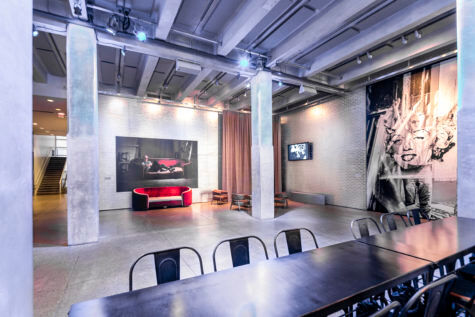
“If you want to know everything about me,” he once famously advised, “just look at the surface of my painting,” according to the Pittsburgh City Paper.
Of course, Warhol’s priority was solely creation, while the museum took on the hefty task of honoring and preserving the legacy of one of the most famous artists to ever live and perhaps the most timeless cultural persona, second only to Marilyn Monroe.
Yes, Pablo Picasso and Michaelangelo are ingrained in history because of their talent, but Warhol’s omnipotent star power permeates his work (which made history in 2022 with a $195 million auction). His name and presence manifested as its own product before Paris Hilton and the Kardashians turned it into a comprehensible business, incredibly revolutionary for a gay man who lived in a time when homophobia was still sociably acceptable.
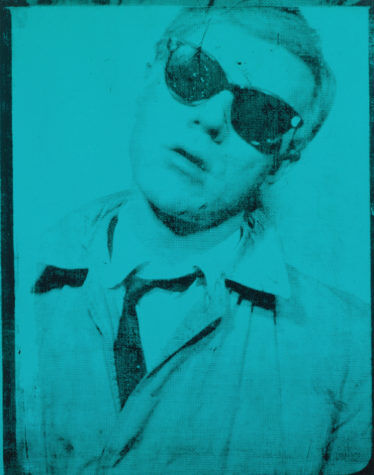
Thompson says the museum spent the past 30 years living up to its namesake, particularly catering to queer people who, like Warhol, grew up in Pittsburgh without a sense of belonging.
The space “aims to link its path forward by being inspired directly from the work,” and naturally, his life, such as their monthly Dandy Andy tours, which take visitors into the artist’s romances – including Edward Wallowitch, John Giorno, and Jed Johnson -and other LGBTQ+ relationships.
The museum’s significance in the community went beyond a historic art collection and queer visibility.
“Many from the LGBTQ+ community and allied youth do not attend their own school proms and other dances because of harassment, bullying, and, in some cases, unreceptive faculty and administrations,” says Thompson.
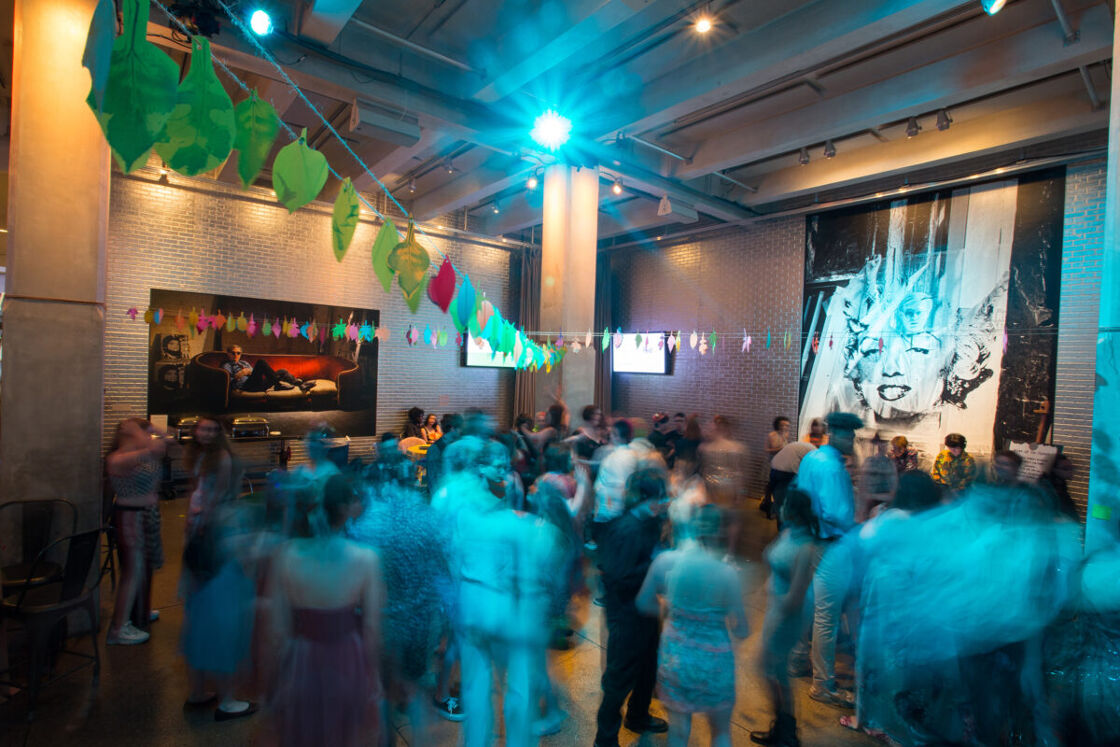
In 2014, the museum took queer joy into its own Warhol-inspired hands and launched Youth Prom. Thompson says Warhol staff visited school and library-based Gender and Sexuality Alliances and Gay Straight Student Unions, offering a bridge to the community for acceptance and each other. “Promgoers are encouraged to show up as their authentic selves and freely express their sexual orientation and gender identity in a safe space,” she says.
“This prom has been an opportunity for me to be myself and not care what other people think. My mom is accepting now, but when she wasn’t, this prom is something we really need,” said one Youth Prom participant.
This upcoming Pride will mark the rainbow bash’s 10th anniversary. It’s the largest affirming prom in Southwestern Pennsylvania, and it includes bus passes and other free transportation, a fully catered dinner, and free artmaking activities.
But in true Warhol fashion, the museum dedicated itself to pushing the queer envelope in the most revolutionary – and culturally relevant – ways.

Nicole Dezelon, senior director of learning & public engagement, shares with GayCities that in the summer of 2019, they launched a free seven-week School of Drag workshop. As drag protests have harassed LGBTQ+ communities across the country, one might imagine there was intense pushback from conservative Pittsburgh residents.
“It wasn’t difficult to get this program approved since the Warhol’s programming has long been closely aligned with both drag and with LGBTQ+ youth,” says Dezelon, which took place in their theater space for a large, enthusiastic audience. Program participants largely consisted of trans and gender-nonconforming youth and local drag performers of various identities led it.
“Maybe my individual performance doesn’t mean anything, but the fact that I help cultivate a culture of acceptance and creativity is enough for me,” says a School of Drag participant.

Unfortunately, the School of Drag ceased in 2021, but it wasn’t because of internal or external proponents. However, they’ve struggled to identify funders for it due to the shift in the cultural drag climate, particularly politicians scapegoating their homophobia onto drag queens.
“We have hopes to resurrect and adapt it for the current cultural moment,” she says.
While Warhol might’ve been a cynic, the museum became an artistic and LGBTQ+ sanctuary worthy of his larger-than-life genius and pioneering spirit. They’ve become a pivotal vehicle for local queer creative expression and connection.
Thompson, Dezelon, and the rest of the staff are dedicated to ensuring that the Andy Warhol Museum doesn’t just pay tribute to his memory and educate the masses but continues building on his legacy.

 Mark
Mark 





